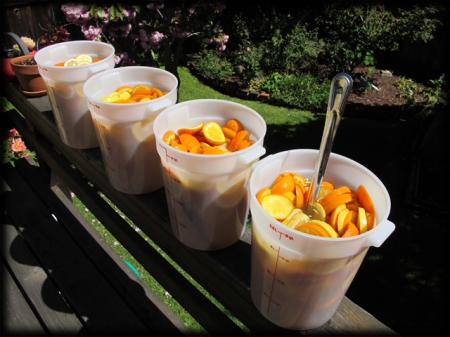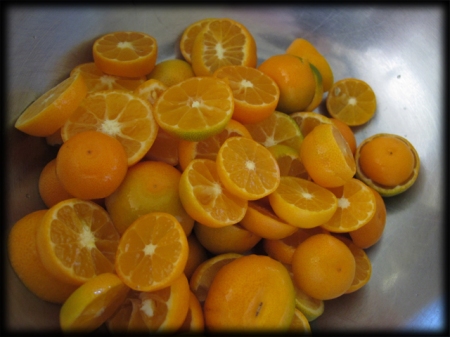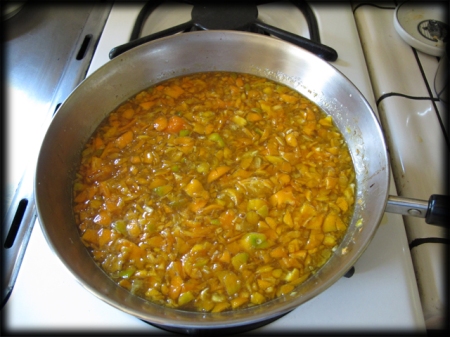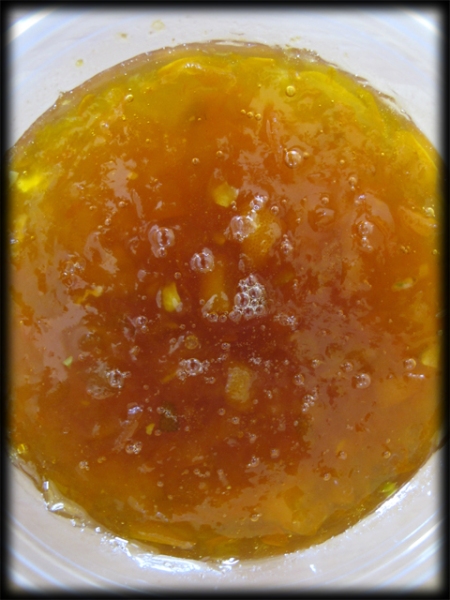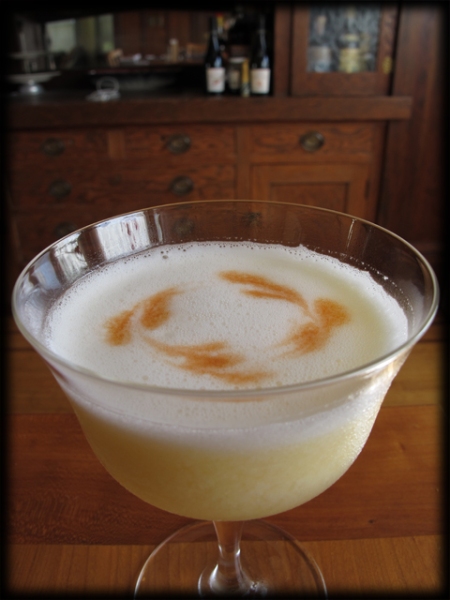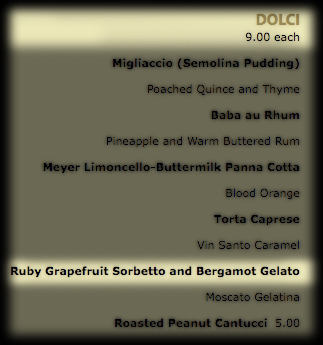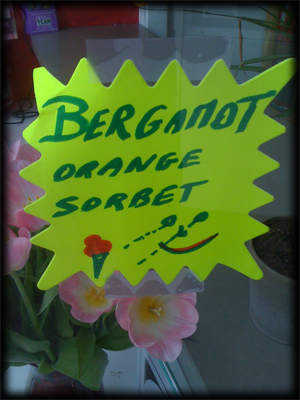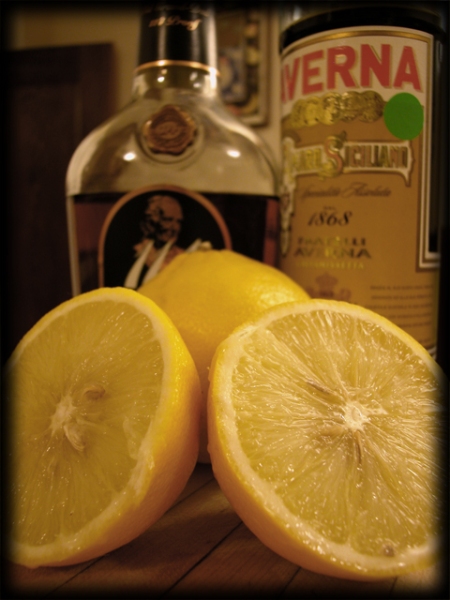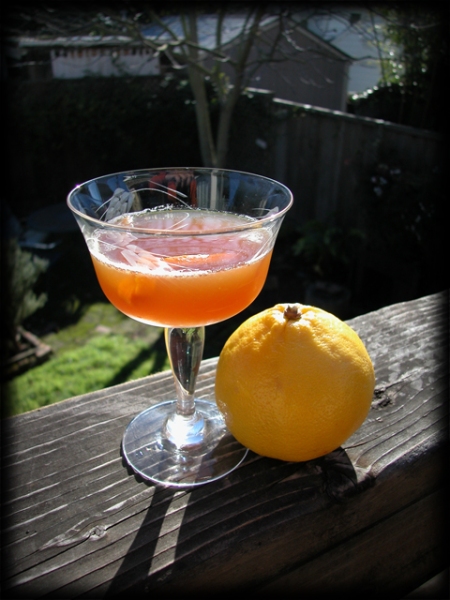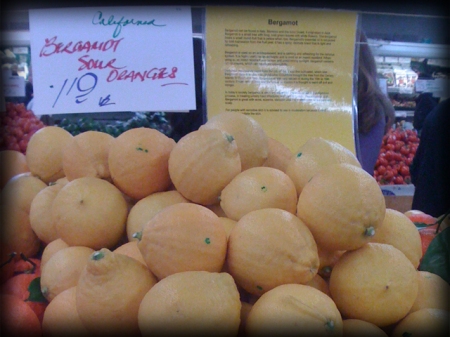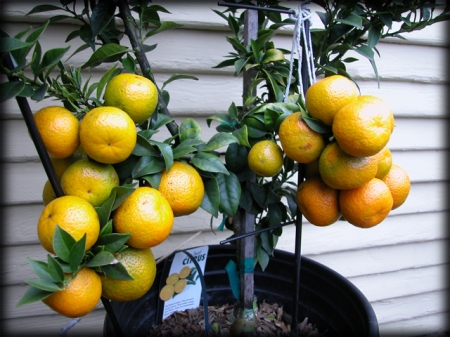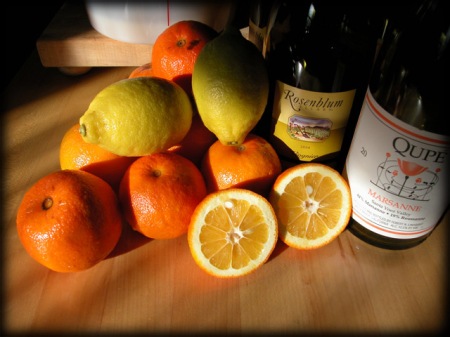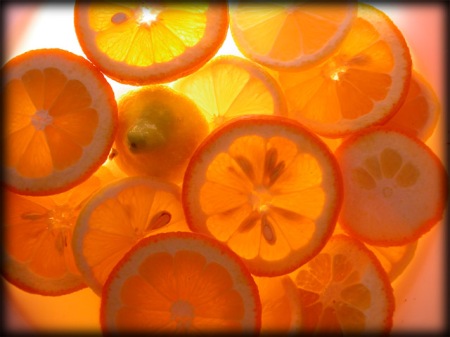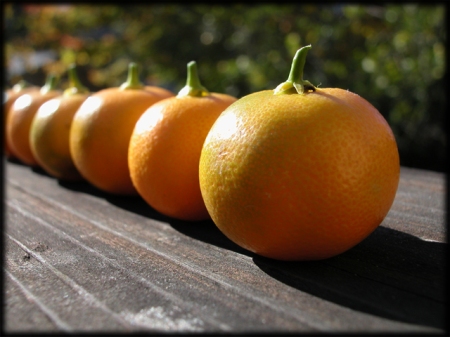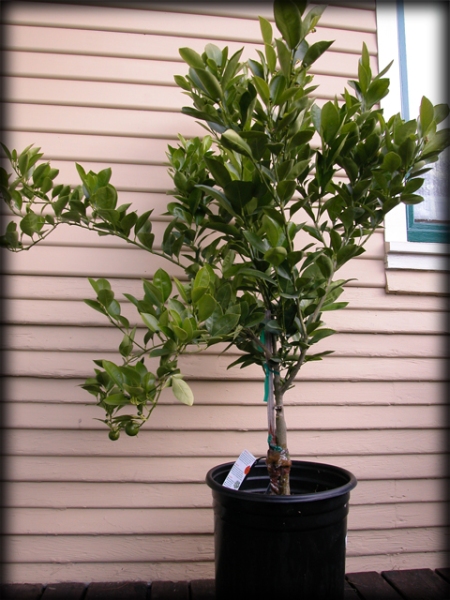on February 1, 2011 by Mr. Manhattan
It’s been a while since my last blog post. I apologize for the long silence. I’m going to attribute that, on one hand, to some fatigue after spending all of summer and fall 2010 promoting the book and basic human laziness, on the other. It’s winter, right, and it’s supposed to be OK to hibernate. So I did.
To get back into the swing of things I made a couple of quick infusions both of which I’d been planing for some months. Both can be done in a couple of days or even less.
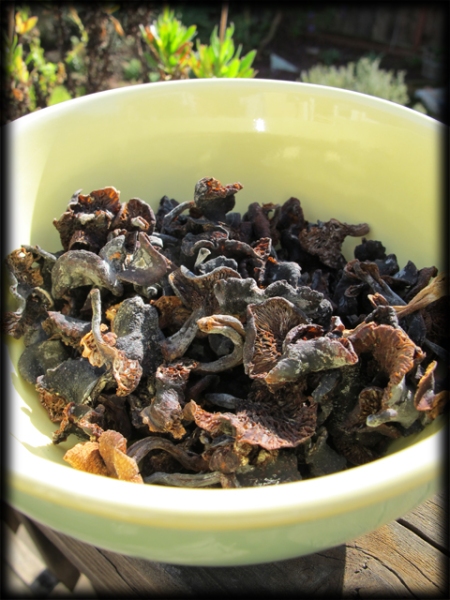
The first required obtaining a supply of locally foraged candy cap mushrooms (any one of several Lactarius species though most commonly L. rubidus or L. fragilus) which, when dried, smell intensely of maple syrup and butterscotch. They are most commonly used to make cookies to which they lend their distinctive scent. About year or so ago I heard about Neyah White’s experiments with infusing these into rye so that’s what I set out to recreate.
Rather than ordering the mushrooms on-line I resolved to find a local source. After asking about I was finally put into contact with friends of a friend who were active and avid mushroom collectors. More importantly, they had a pretty large supply of already dried fungi, foraged last year, which they were willing to trade for some of the finished rye infusion. I soon found myself the proud owner of 3 ounces of incredibly pungent mushrooms.
To make the infusion I measured out an ounce of the dried candy caps, put them in the bottom of one of my “infusing jars” and added a full bottle (750 ml) of Rittenhouse rye. Given how incredibly pungent the mushrooms were, I figured that it wouldn’t take terribly long to impart that scent and flavor to the rye. I was quite right. After about four hours I deemed that the two ingredients had spent enough time together and passed the rye though a coffee filter and bottled it.
The result is, unsurprisingly, redolent of maple syrup and butterscotch, both of which complement the spice of the rye. More intriguingly, at least to me, is that it also exhibits a distinct earthy-mushroomy taste. All these notes, the sweet, the earthy, and the spicy, carry on into the finish which is very long. I have to say I am on the fence about this one. It’s a bit much. I suspect that had I used less of the mushrooms and/or left the infusion to sit for less time that I’d have not captured so much of the mushrooms themselves, certainly not so intensely. Still, there is something very alluring about it and it seems to be better after you’ve been drinking it for a while.
Candy Cap-infused Rye
1/2 oz. dried candy cap mushrooms
1 bottle (750 ml) Rittenhouse 100-proof rye
A large wide-mouth jar
Strainer
Coffee filter (like a Melitta #4)
Put the mushrooms and the rye into the jar and seal well.
Let stand for 2 to 4 hours, testing frequently after the first 2 hours.
Strain out the mushrooms and then pass the liquid though a coffee filter.
Bottle the resulting infusion.

The second infusion I made using chinotto citrus from my potted dwarf tree. It set a sizable crop this year and, more importantly, I knew not to wait until they were completely orange to start using them. Chinotto (AKA Myrtle Leaf orange, Citrus aurantium var. myrtifolia) is a small, bitter, but very aromatic citrus variety, commonly grown in southern Italy where it may be used as a flavoring element in certain amari and, it is said, Campari. It’s also consumed on it’s own in the form of an eponymous soda made most famously by San Pellegrino though other brands exist. My concept for this infusion was to follow the template for a Rock ‘n’ Rye but to omit the horehound and instead rely entirely on the chinotto to provide both the citrus and the bitter flavoring element.
Last year I tried to use the chinotto as the basis for a digestive bitters but feel I waited too long to harvest the fruit, leaving them on the tree long after they were fully orange. There’s not a lot of juice in the fruit to begin with and leaving them to ‘hang’ for a long time seemed to have left them even drier. I processed that crop two different ways. First, by maceration with sugar which left me with a small amount of decent syrup. Second, by extracting favor in high-proof GNS (Everclear) which made a very bitter extract (most likely because of the peel) for which I haven’t yet found a good use.*
To make this year’s infusion, I sliced six chinotto oranges to which I added a bottle of Wild Turkey rye. I allow the fruit to steep for just 48 hours and then removed it. I then added about 4 tablespoons of rock sugar (procured from a chinese grocery) and let it sit until dissolved. That’s it.
Chinotto Rock ‘n’ Rye
6 chinotto oranges, washed and sliced.
1 bottle (750 ML) Wilde Turkey 101-proof rye
4 tablespoons rock sugar
A large wide mouthed jar
Put the chinotto slices and the rye into the jar and seal well.
Let stand for 48 hours.
Remove the orange slices with a slotted spoon and discard.
Add the rock sugar and leave until dissolved.
Strain and bottle the resulting infusion.
The finished product smells deeply of orange and captures both the citrus and the bitter flavoring elements of the chinotto. I will say that much as I like this stuff, it’s not as delicious as a classic Rock ‘n’ Rye. In part because it’s missing the slightly minty edge you get from the horehound.
So I’d make a couple of adjustments to the next batch, possibly adding a single regular Valencia orange (bring to add some sweet citrus) and use caramelized sugar in place of the rock candy. I think both “tweaks” will make for a more layered product.
* – I’ve actually now combined the syrup from the macerated fruit and the tincture to make a new base syrup. I then added about 50% by volume of a caramelized simple syrup to give it some balance and depth. The results are pretty amazing and flavorful. I am starting to work on some cocktails that incorporate it.

